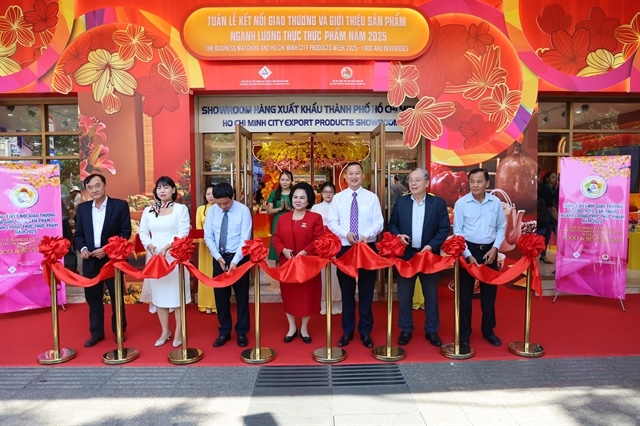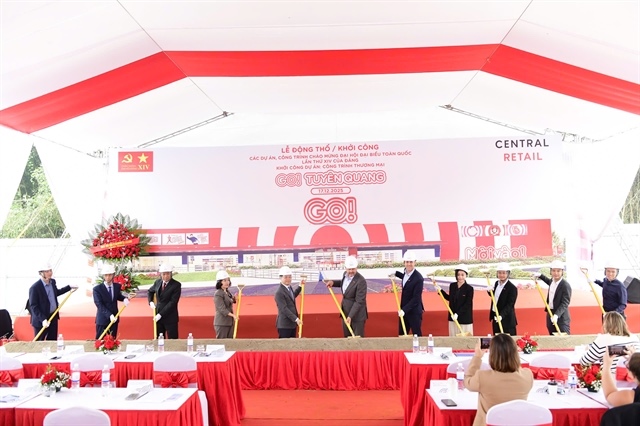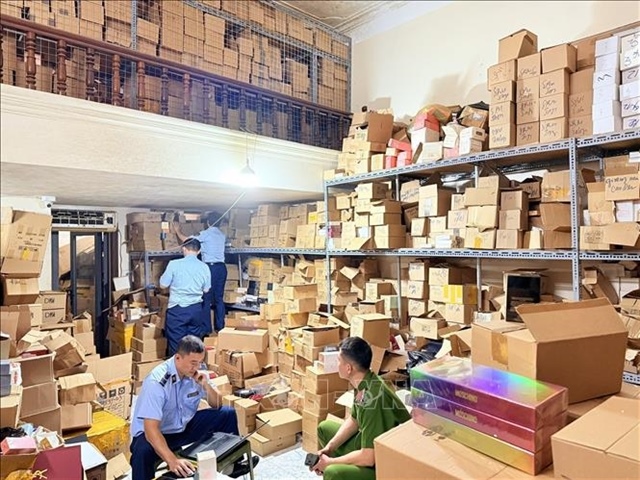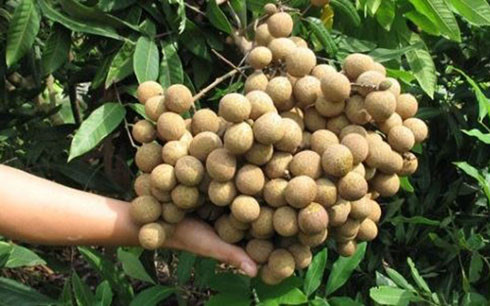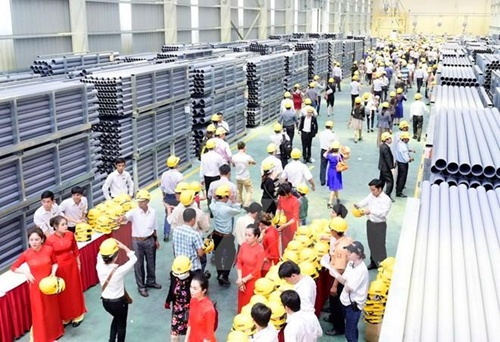PVCFC dodges market dip and shines
PVCFC dodges market dip and shines
With the twin advantages of reasonable pricing and high quality, PetroVietnam Ca Mau Fertilizer JSC’s product has earned consumer trust and helped to stabilise a once-fragile market. Hung Phu reports.
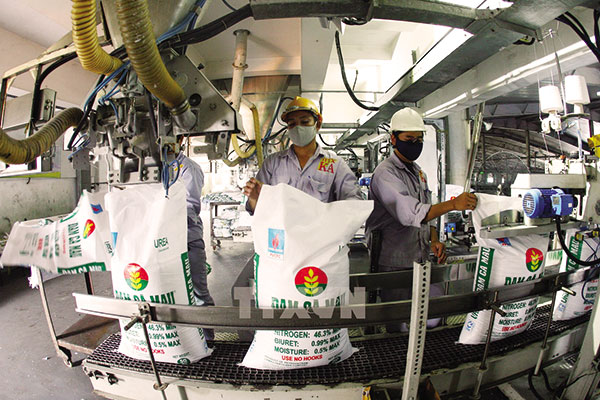
A reputable brand name
According to the Vietnam Fertilizer Association, there are hundreds of fertiliser making establishments across the country that use primitive technology and produce substandard products. This affects crop yield, and has a detrimental impact on both the environment and human health.
As a key national project, PetroVietnam Ca Mau Fertilizer JSC (PVCFC) was designed to have a high capacity and play the role of a market stabiliser, meeting both domestic demand and international standards.
Ca Mau Fertilizer Plant was invested with $700 million for the installation of state-of-the-art technologies. Denmark’s Haldor Topsoe SA contributed its ammonia production technology, Italy’s SAIPEM lent expertise in its urea production methods, and Japan’s Toyo Engineering Corp helped with the granulation process.
Most of the key equipment originates from European or G7 countries. The plan applies international standards like ASME, API, and JIS, along with local requirements on environmental safety and fire prevention.
Over the past six years of operation, the plant has always met its yearly targets, so far providing nearly four million tonnes of granular urea to the market. Currently, it holds about 40 per cent of the local market share, and has exported fertilizer products to many countries in the region.
In general, this year appears to be a difficult time for the agricultural sector and fertilizer production. However, for the nine months of 2016, the Ca Mau Fertilizer Plant fulfilled its set targets, despite an operational hiatus during a 25-day maintenance break in August.
On October 6, the plant successfully raised its capacity by 10 per cent. Around this time, initiatives to boost sales and distribution of products like DAP and potassium were also introduced.
In nine months, PVCFC sold through 570,000 tonnes of fertilizer, earning total revenue of nearly VND3.5 trillion ($159.8 million). Pre-tax profit reached VND400 billion ($18.26 million), achieving 98 per cent of the nine-month target. With this capacity rise and solutions to boost sales, PVCFC is now quite confident that the whole-year target is achievable.
Enhancing competitiveness of agricultural products
“We always bear in mind the difficulties of the local agricultural sector, and farmers as well. With a mission to provide plant nutrition solutions, we have diversified our products, with a focus on high-tech application to better serve sustainable agriculture production,” said Bui Tien Minh, PVCFC’s general director.
In addition to the key product of granular urea, PVCFC has also produced an N.Humate+Te fertilizer – named Hat Ngoc Mua Vang – and put it through rigourous testing. The manufacturer will soon introduce the product to the market.
This premium product can help increase productivity and the quality of agricultural products by stimulating plants’ root development and nutrient absorption. As a result, plants will grow healthier, flower evenly, and have a higher fruiting rate.
PVCFC has also actively associated with large enterprises in the agricultural sector such as Loc Troi Group and Japanese firm Bellfarm. Together, they have conducted research on new products, notably producing a microbial organic fertilizer to improve soil fertility.
On November 2, PVCFC signed a co-operation agreement with the Belgian chemical and material group Solvay, for studying and developing the coated urea line “N Dual protect”. This product will help reduce nitrogen loss, increasing efficiency by saving 20-30 per cent of urea fertilizer over conventional products. An added benefit is its environmental friendliness.
Through constant effort, PVCFC has earned a large fertilizer market share both domestically and regionally, significantly helping to save on fertilizer import expenses and enhance the quality of local agricultural products.


